Modern vehicle designs make precise wheel balancing harder than ever. To get the job done right, you need the right equipment. At John Bean®, we understand that even the most capable balancer, such as the B1200P Automatic Diagnostic Wheel Balancer, can only perform to its potential when paired with proper tooling. That’s why we’ve developed a full range of precision accessories to support modern wheel service needs, from pin plates to collets and everything in between.
Understanding the Basics: Balancing Force, Not Weight
One common misunderstanding in wheel balancing is that balancers detect rotational force, not just static weight. It might sound like a small difference, but it can have a big effect on accuracy. When a wheel is not mounted exactly as it would be on the vehicle, the resulting imbalance is often misdiagnosed. This leads to wasted time, unnecessary weight adjustments, and customer callbacks.
The culprit is typically improper centering. Fortunately, it’s an issue that can be resolved with the correct tooling and a solid understanding of hub-centric versus lug-centric mounting.
Hub-Centric vs. Lug-Centric Centering Methods
Not all wheels are created equal, and the way a wheel centers makes a big difference in achieving an accurate balance:
- Hub-Centric wheels align via the center bore and require tooling that mirrors the hub profile
- Lug-Centric wheels align via the lug holes and benefit from tooling that accommodates variable patterns and hardware types
While traditional cones may be suitable for basic steel wheels or temporary spares, they fall short in more complex alloy or heavy-duty assemblies. For those applications, collets offer a flatter taper and more secure mounting. They reduce the risk of mounting errors and preserve the integrity of sensitive wheel surfaces.
Better Tools for Better Balancing
To help professional technicians optimize every wheel balancing job, we offer purpose-built accessories engineered for repeatability, wheel protection, and compatibility with advanced balancers like the B1200P or B400L:
- Pin and Speed Plates: Designed to adapt to multi-lug patterns, speed plates use interchangeable tips and compression washers to maintain accurate centering and reduce metal-on-metal wear. They’re ideal for high-variation assemblies like 8-lug truck wheels.
- Collet Sets: Our double-sided collets offer extensive coverage for hub bores ranging from 50mm and up. Unlike cones, collets provide precise fitment that aligns with OE standards and protects wheels with sensitive finishes or bonded features.
- Spacer Discs and Rings: Used in conjunction with collets, spacer rings assist with longer hub faces commonly found on light trucks. These discs make sure the assembly seats evenly for an accurate balance.
- Tooling Storage Stands: Organization matters in a busy shop. Dedicated stands keep your accessories within reach, extending their life and reducing setup time between jobs.
Why Tooling Quality Affects Balancing Results
Even a slight deviation in mounting can result in significant imbalance readings, mimicking a real wheel issue. Without the right tooling, technicians may unknowingly compensate for mounting errors rather than addressing the actual source of vibration, which can lead to customer dissatisfaction and avoidable comebacks.
The John Bean Advantage
Precision mounting is the foundation of accurate balancing. At John Bean, we offer a complete line of wheel balancer accessories designed to enhance machine performance, support technician accuracy, and reduce variability from job to job. These tools don’t just help your team work faster, they help you work smarter, while delivering results that reduce comebacks and increase customer confidence.
Explore our full line of balancer tooling solutions or schedule a consultation with your local John Bean representative to learn how precision accessories can make a measurable difference in your shop.

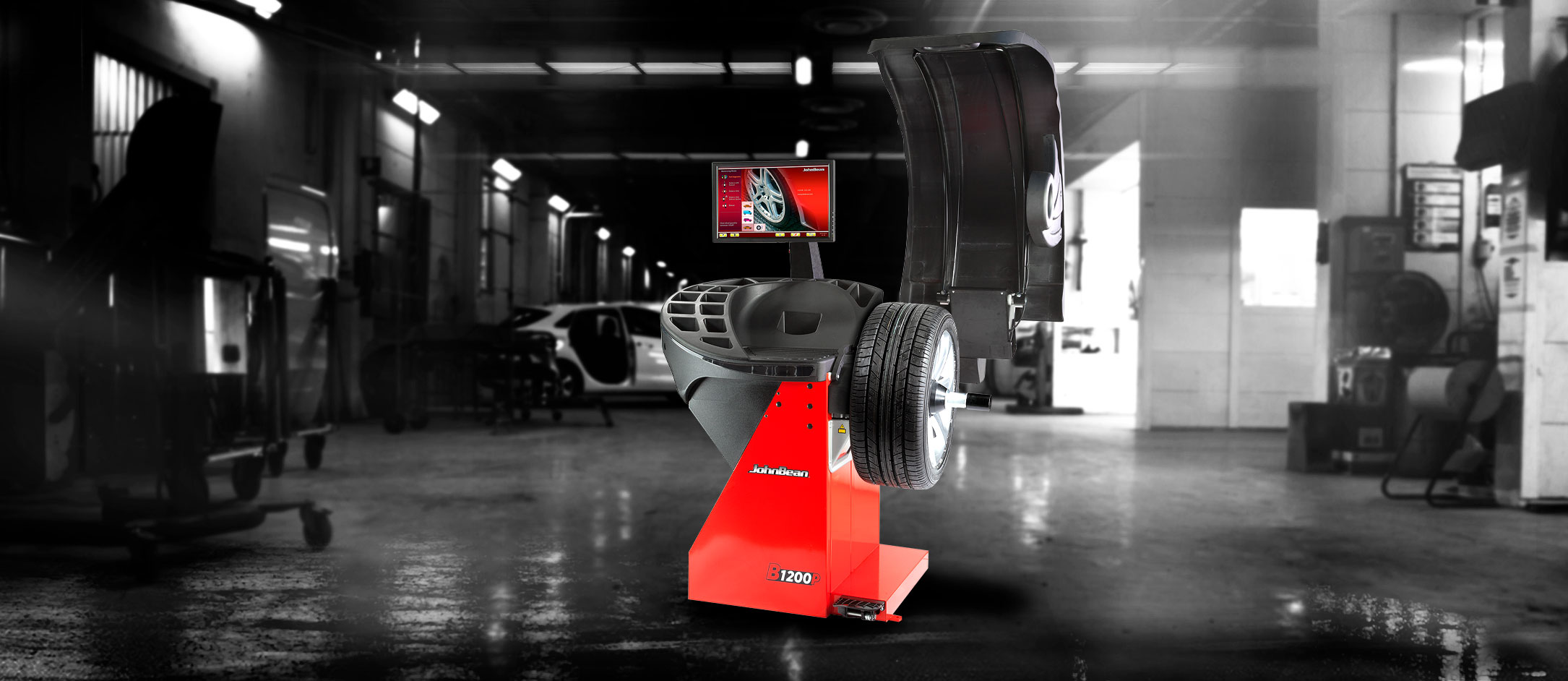
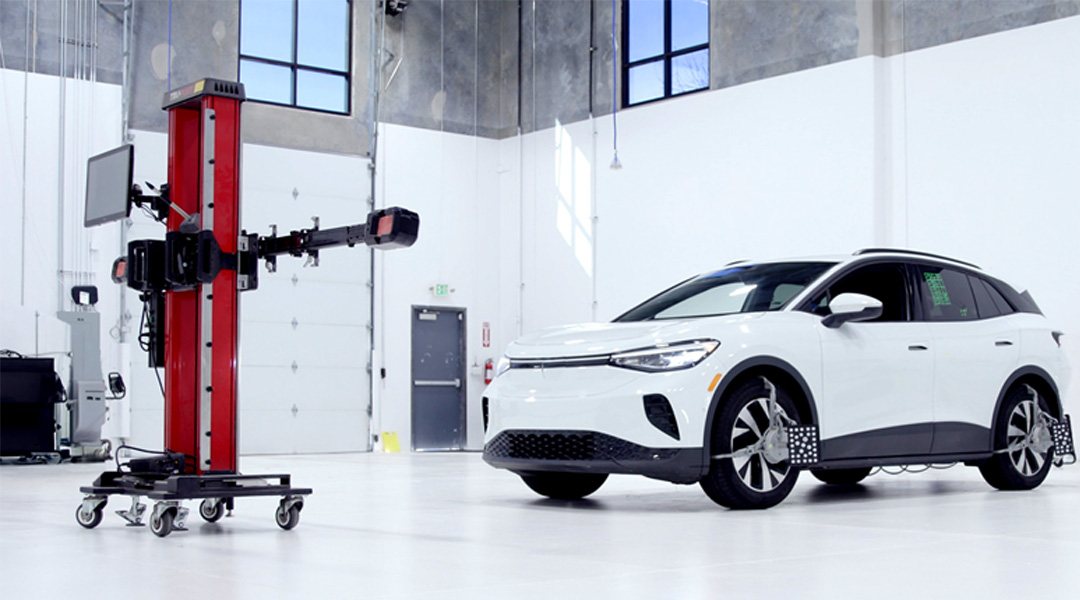 Why Combo ADAS and Alignment Machines Hurt Shop Productivity
Why Combo ADAS and Alignment Machines Hurt Shop Productivity 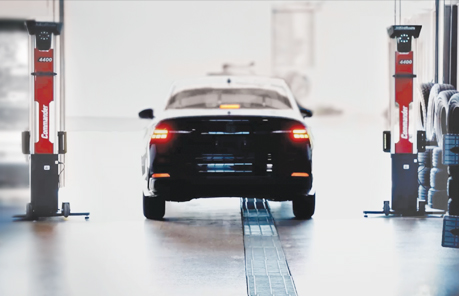 Comparing Traditional vs. Computerized Wheel Alignment Systems (3D & CCD)
Comparing Traditional vs. Computerized Wheel Alignment Systems (3D & CCD) 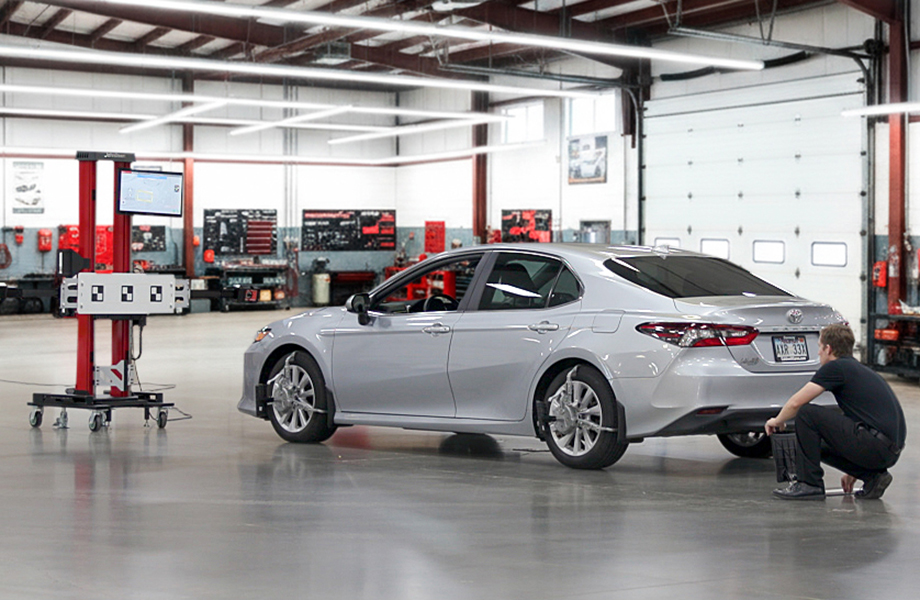 How to Run a Successful Auto Repair Shop
How to Run a Successful Auto Repair Shop  How to Choose the Best Wheel Alignment Machine for Your Shop
How to Choose the Best Wheel Alignment Machine for Your Shop  Windshield Camera Calibration: Everything You Need to Know
Windshield Camera Calibration: Everything You Need to Know 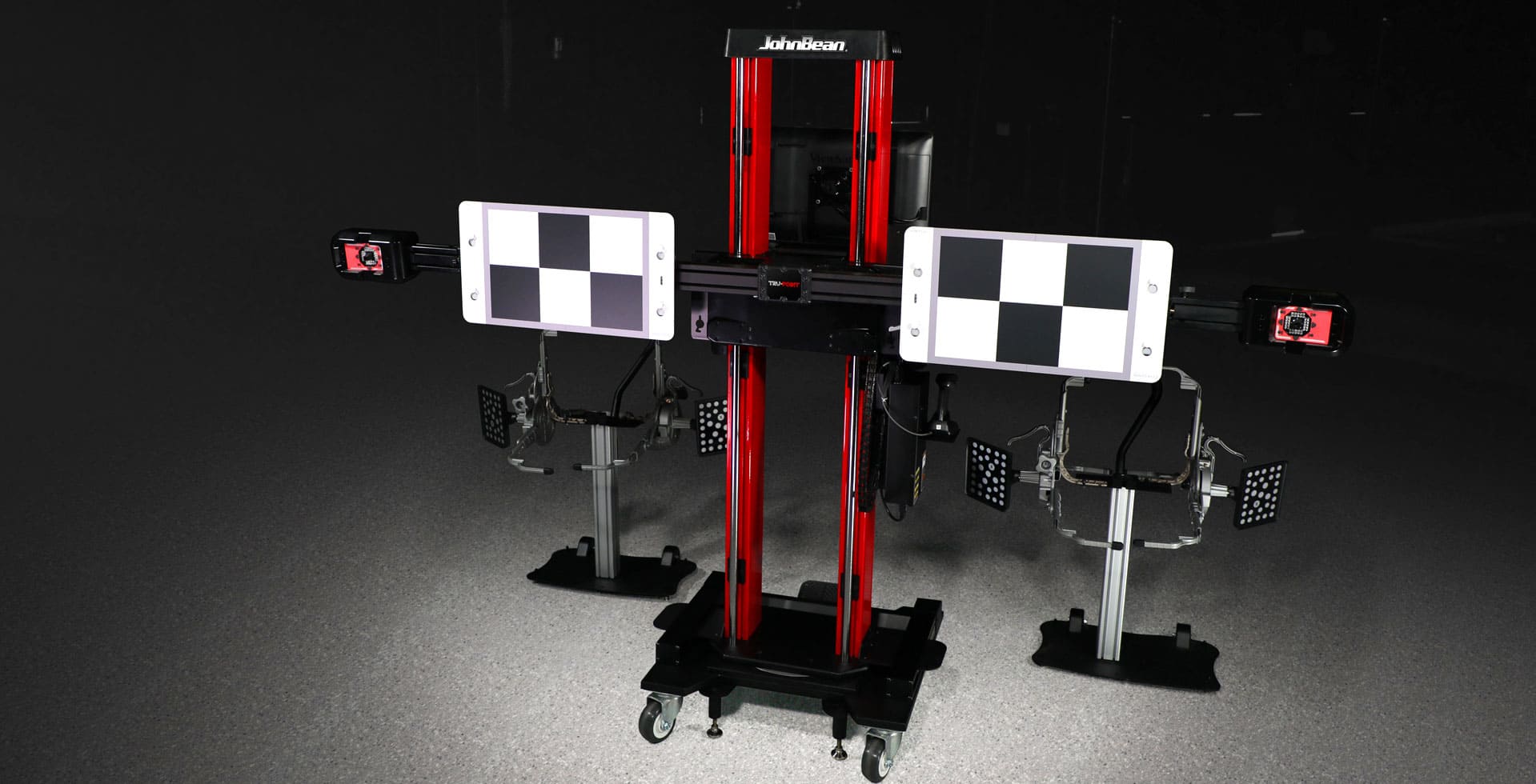 8 Critical Factors to Consider Before Choosing Your ADAS Calibration Equipment
8 Critical Factors to Consider Before Choosing Your ADAS Calibration Equipment 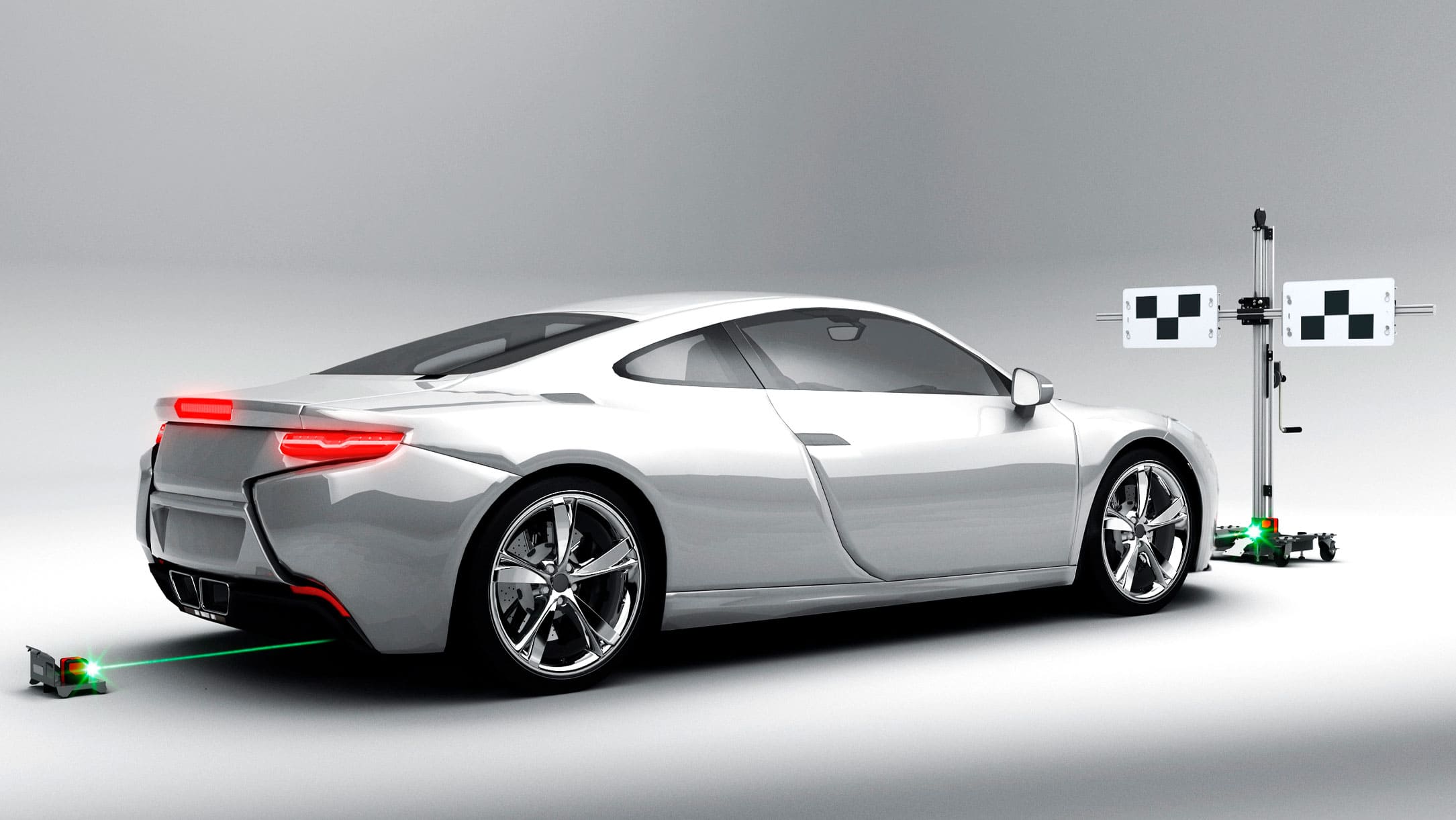 What is Brake Assist?
What is Brake Assist? 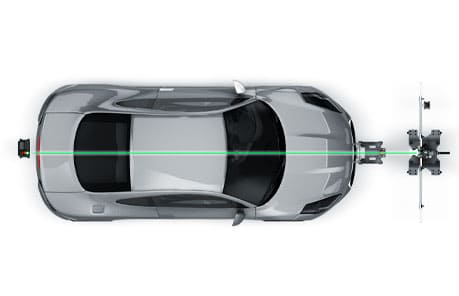 The Ultimate Guide to OEM Certification
The Ultimate Guide to OEM Certification 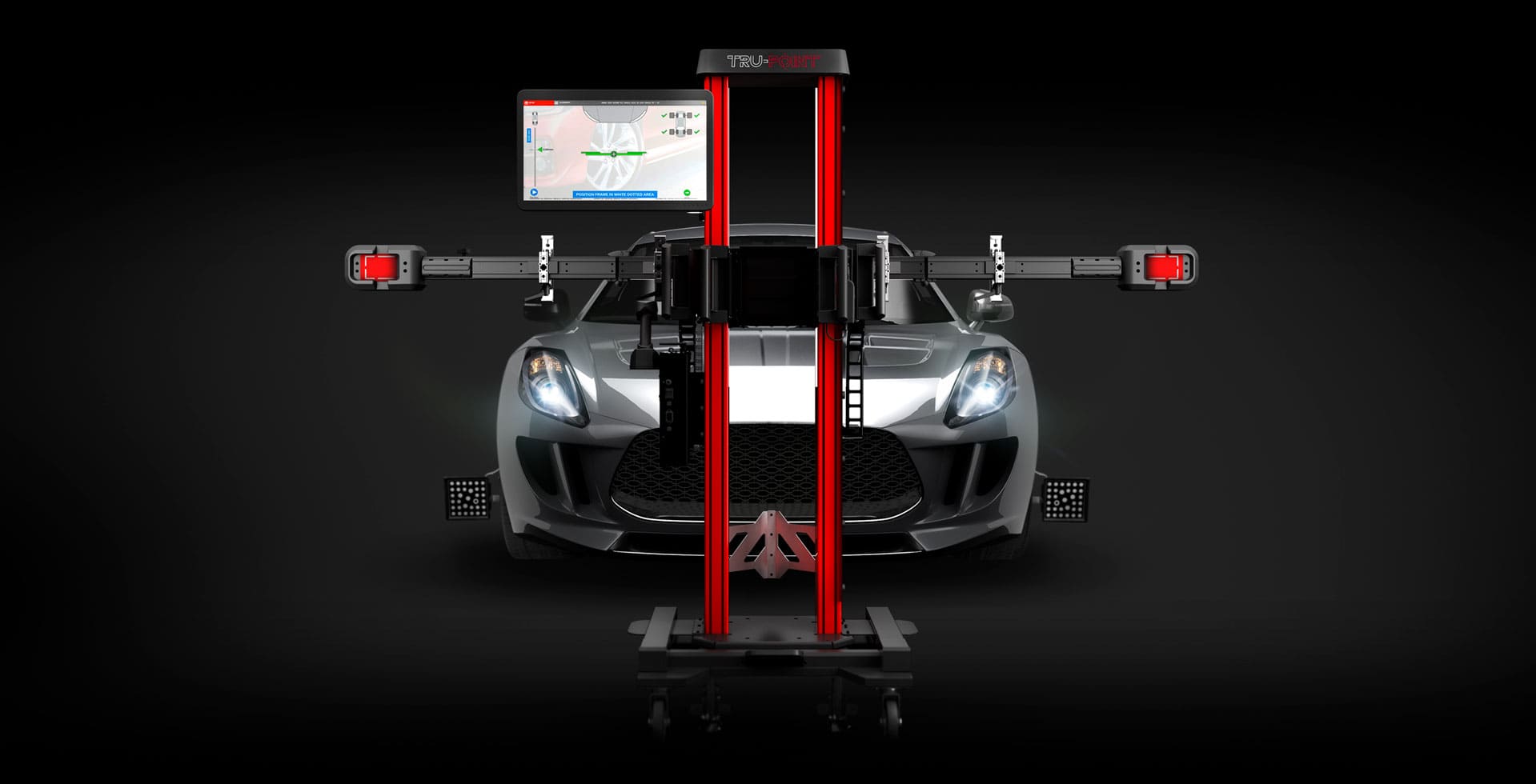 The Complete Guide to Steering Angle Sensors
The Complete Guide to Steering Angle Sensors